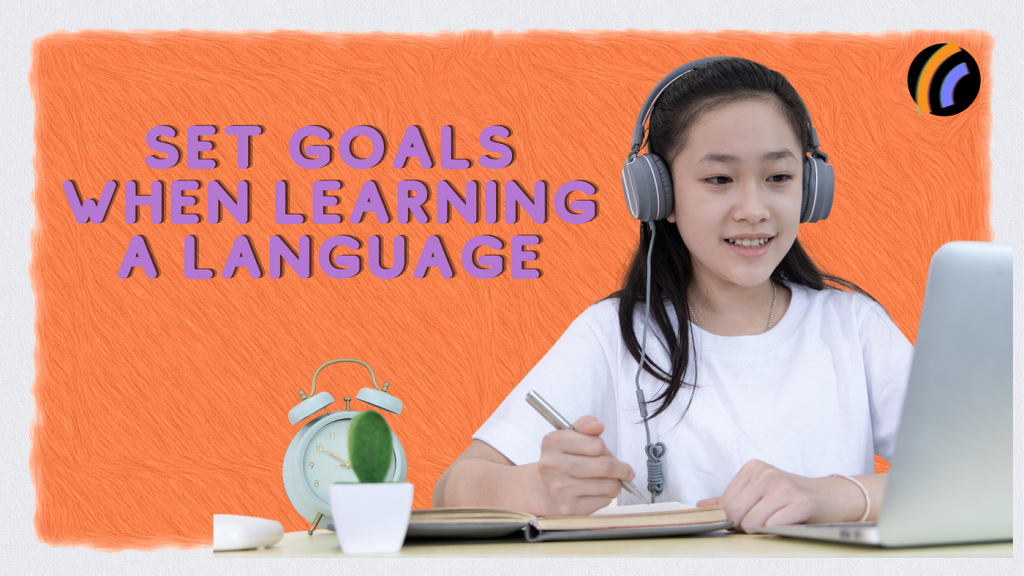
Learning a new language is one of the most rewarding skills you can acquire. It opens doors to new cultures, enhances your career prospects, and sharpens cognitive abilities. However, many people struggle to progress quickly, often feeling overwhelmed by grammar rules, vocabulary lists, and complex pronunciation. The good news is that there are proven strategies to accelerate your language learning journey. Here’s how you can learn a new language faster.
1. Immerse Yourself in the Language

Immersion is one of the fastest ways to learn a new language. Surround yourself with the language as much as possible. Watch movies, listen to music, or follow podcasts in your target language. Change your phone or social media settings to the language you’re learning. Even simple exposure, like reading street signs, menus, or online articles, can help your brain get accustomed to new words and sentence structures. The more you immerse yourself, the faster your brain starts to “think” in that language instead of translating from your native tongue.
2. Practice Consistently Every Day
Consistency beats intensity when it comes to language learning. Even 15-30 minutes daily can be more effective than a few hours once a week. Set a realistic routine, such as reviewing vocabulary in the morning, listening to a podcast during lunch, and practicing conversation in the evening. Daily practice strengthens neural connections, reinforces memory, and keeps you engaged with the language continuously.
3. Focus on High-Frequency Words and Phrases
When starting, prioritize learning high-frequency words and common phrases instead of trying to master the entire dictionary. Words like “hello,” “thank you,” “please,” and essential verbs are used daily in real conversations. Once you master these basics, you can communicate effectively and build confidence, which motivates further learning. Language apps like Anki or Memrise use spaced repetition to help memorize high-frequency words efficiently.
4. Speak From Day One

Many learners hesitate to speak until they feel “ready,” but speaking early is crucial. Don’t worry about making mistakes—errors are part of the learning process. Practicing speech improves pronunciation, boosts confidence, and helps you internalize grammar naturally. You can practice with native speakers through language exchange platforms like Tandem or HelloTalk, or even talk to yourself at home describing daily activities. The key is to make speaking a habit, not a one-time effort.
5. Use Technology to Your Advantage
Modern technology makes learning languages faster and more accessible. Language learning apps, flashcards, AI chatbots, and online courses can complement traditional learning. Apps like Duolingo, Babbel, or Rosetta Stone offer structured lessons, while AI tools allow conversational practice and instant feedback. You can also use subtitles on videos to connect spoken words with written text, reinforcing comprehension and pronunciation simultaneously.
6. Learn Grammar in Context
Grammar is essential, but memorizing rules in isolation can be slow and confusing. Instead, learn grammar through context. Pay attention to how native speakers use tenses, sentence structures, and prepositions in conversation, movies, or articles. By seeing grammar applied naturally, your brain begins to internalize patterns without the tedious process of rote memorization.
7. Combine Multiple Learning Methods
Different methods reinforce each other. Reading improves vocabulary, listening improves comprehension, speaking improves fluency, and writing solidifies grammar. Combining these methods accelerates learning because it engages multiple cognitive processes. For example, you could read an article, listen to a related podcast, write a summary, and then discuss it with a language partner. This multi-modal approach strengthens retention and application.
8. Set Realistic Goals and Track Progress

Setting clear, achievable goals keeps you motivated and helps you track progress. Start with small targets like learning 20 new words per week, having a 5-minute conversation, or writing a short paragraph. Celebrate small victories, and gradually increase the difficulty. Monitoring your progress gives you a sense of achievement and provides direction for what to focus on next.
9. Be Patient and Persistent
Learning a language is a marathon, not a sprint. You will encounter plateaus, forget words, or struggle with pronunciation—but persistence pays off. Stay consistent, practice regularly, and remind yourself why you started. Over time, your brain will adapt, and concepts that once seemed impossible will become second nature.
Conclusion
Learning a new language faster requires a combination of smart strategies, consistent practice, and a willingness to step outside your comfort zone. Immersing yourself, speaking from day one, using technology, focusing on high-frequency words, and learning grammar in context are all key techniques. By setting goals, tracking progress, and remaining patient, you can accelerate your language learning journey and enjoy the personal and professional benefits of multilingualism. With dedication and the right approach, mastering a new language can become not only achievable but also an exciting adventure.

